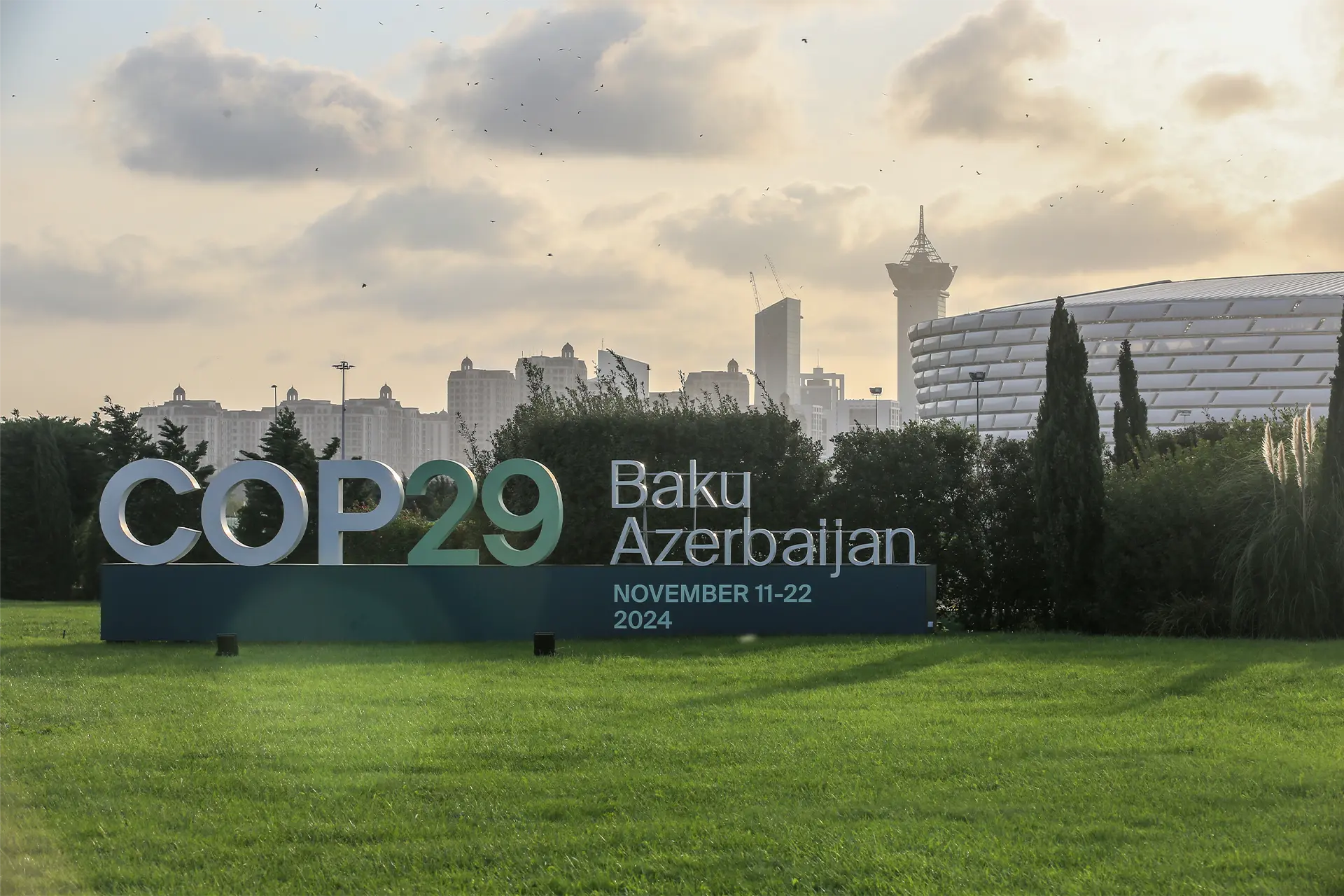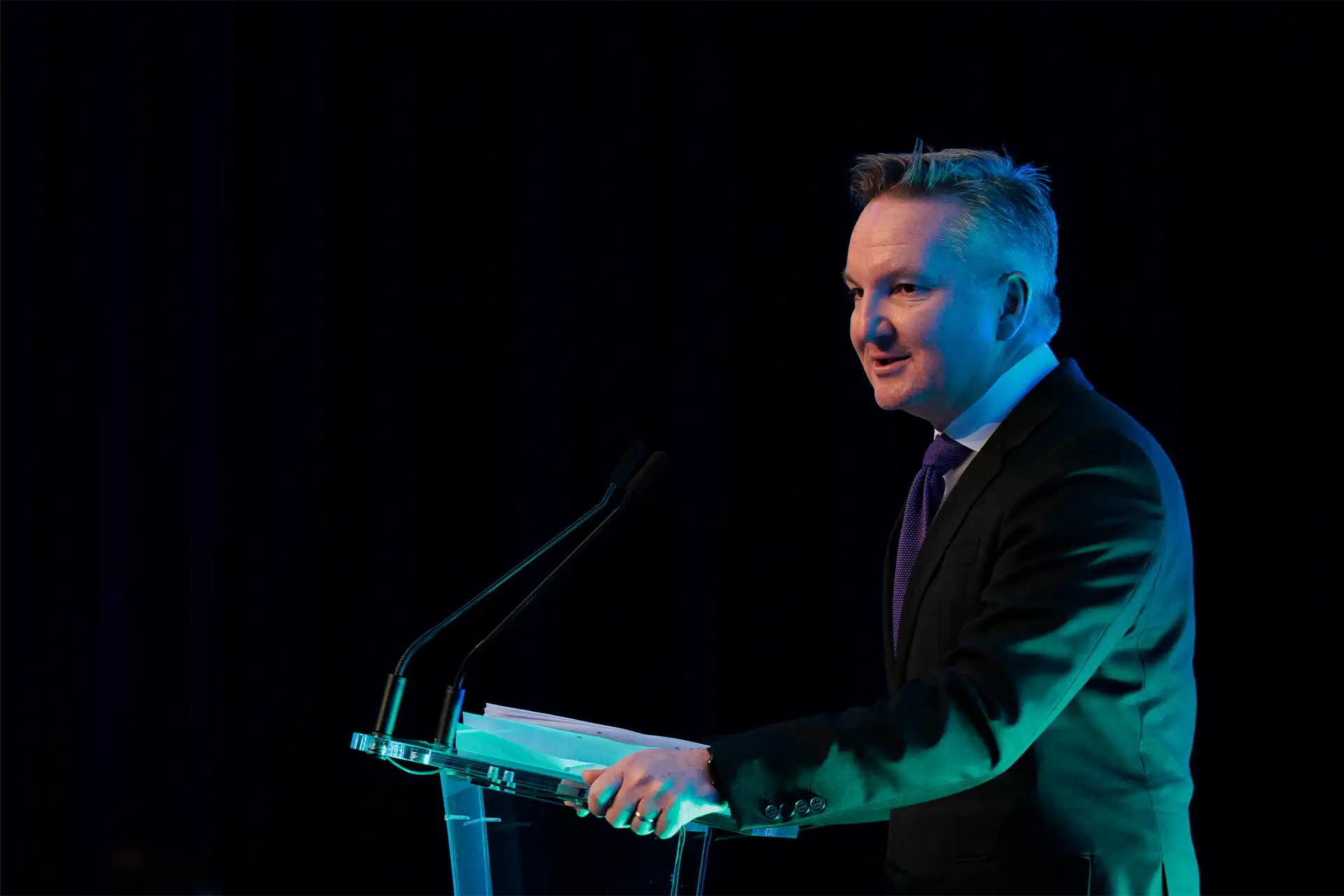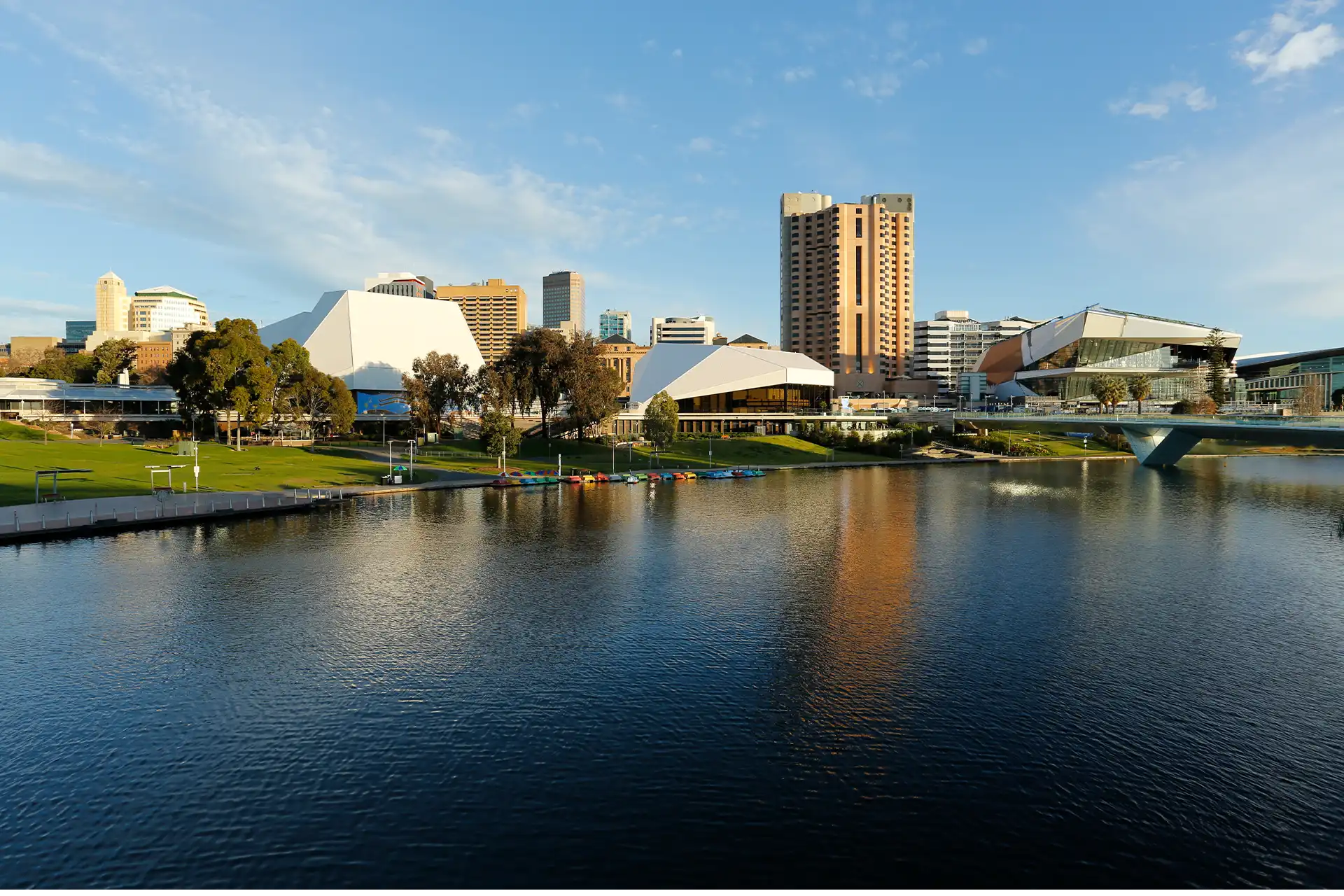
Sciences & Technology
Climate change is supercharging the world’s wildfires

Finance is the key to global action and COP29 is the key to unlocking the trillions needed to accelerate action
Published 11 November 2024
With a climate-denialist re-elected as US president and another petrostate host (following Dubai in 2023) – hopes for ambitious outcomes at the 29th UN Climate Change ‘Conference of the Parties’ (COP29) in Baku, Azerbaijan are not high.
But this does not mean the summit is insignificant. Time is literally running out for action to keep temperatures within the Paris Agreement’s 1.5 °C threshold.

As usual, the meeting will see world leaders coming together to discuss how to accelerate action to tackle climate change. It is also likely to see a decision on Australia’s bid to host COP31 with the Pacific in 2026.
The main item on the negotiating agenda at COP29 is climate finance.
Specifically, participating countries need to agree on a new climate finance target to support developing countries in taking climate action or, as it’s known in COP-speak, the New Collective Quantified Goal (NCQG).
The previous target to raise US$100 billion in climate finance annually by 2020 was set way back in 2009 at the Copenhagen COP (when Barack Obama was still US president).
This was target was achieved two years late in 2022 and will expire in 2025.

Sciences & Technology
Climate change is supercharging the world’s wildfires
The need for climate finance to help developing countries accelerate energy transition, address climate impacts and pay for climate-related loss and damage as well as nature restoration has only grown – most estimates put the need in the trillions of dollars annually.
Achieving agreement on a new climate finance target will be challenging.
It’s not because there’s insufficient capital available to meet climate needs. Rather, it’s a lack of political will to mobilise funding for climate action, even while global military spending reached US$2.4 trillion in 2023.
Key issues in the negotiations are working out where climate finance should come from and who has the responsibility to provide it.
Should we rely only on public sources, or should private funding play a role? And does the responsibility fall only on the shoulders of rich, developed countries or should high emitting emerging economies like China also contribute?

The likelihood of the US stepping away from the Paris Agreement entirely under President Trump will inevitably dampen the enthusiasm of other donor countries.
Also on the agenda at COP29 is establishing rules for operating global carbon markets, which eluded agreement at COP28 in Dubai.
Such markets might be one source of finance that could feed into a new climate finance target, but this would depend on ‘rules of the game’ settled at COP29.
Other proposals for mobilising new sources of finance for climate include:
A Greenpeace proposal for G20 wealth tax or a ‘climate damages’ tax on fossil fuel producers
A global shipping emissions tax (under discussion at the International Maritime Organization)
A frequent flying levy, via the International Council on Clean Transportation.

If agreement is reached on a new climate finance target at Baku, one likely landing zone is what has been described as an ‘onion’ approach.
The inner layer is made up of international and bilateral public finance in the billions, which is then leveraged in a bigger, outer layer with cash from development banks and private sector sources to reach the required trillions.
Australia will be front and centre in brokering negotiations on the new climate finance target at Baku.
Minister for Climate Change and Energy Chris Bowen is leading the Ministerial negotiations on the topic, together with Egypt’s Environment Minister, Dr Yasmine Fouad.

The Australian government is currently bidding to host COP in 2026, in partnership with the Pacific.
Australia and Turkey are the only remaining countries in the bid process for COP31, with a decision on who will host this meeting expected in the final hours of COP29.
Australia has strong support from other countries in the Western and Others regional grouping of countries who can vote to decide the bid in the 2026 round.
It’s likely that other countries will be looking to see how Australia performs – especially with Minister Bowen playing a key role on the main negotiating item in Baku – to assess its capacity to be a good COP host in 2026.

Health & Medicine
A social media platform that is actually good for democracy?
With the geopolitical headwinds facing the Baku summit, some have sought to downplay it as a relatively inconsequential meeting with few substantive issues to be settled in the negotiations.
There’s already a lot of talk about COP30 in Brazil as a more important COP.
However, others have suggested that COP29 could well be the most consequential COP since the Paris COP in 2015, which concluded with the Paris Agreement.
This is because an agreement on climate finance is central to the next round of carbon-reduction pledges, or ‘Nationally Determined Contributions’ (NDCs), Paris Agreement parties are supposed to submit by early next year.
At COP28, parties concluded the first global ‘stocktake’ of present NDCs, which showed the world falling considerably short of what’s needed in terms of policies and actions to avert dangerous global warming.

We know that more ambition is needed in this next round of NDCs, however, many developing countries’ NDCs are conditional on climate finance flowing – in other words, the promised contributions will be less ambitious if the money to support action is not forthcoming.
Moreover, NDCs and their ‘ratcheting up’ over time are the beating heart of the Paris Agreement and its temperature goal to keep global warming ‘well below’ 2 °C while pursuing efforts not to go above 1.5 °C.
If negotiating countries at COP29 can’t agree on a new climate finance target or don’t agree on one that’s sufficiently ambitious for developing countries, the ambition of countries’ 2025 targets could start to unravel, putting the brakes on action to address climate change at a time when we need an acceleration.
The ideal outcomes of COP29 are consistent with the essential tenets of the Paris Agreement – to unify countries to significantly reduce our global reliance on fossil fuels, and to provide the finance necessary to make that transition not just possible, but equitable, while we adapt to the impacts of warming that we are already experiencing.